木馬:Win32/Sabsik.FL.A!毫升 is a targeted detection label used by Microsoft’s Defender to identify a specific strain of Trojan malware.
This classification signifies that a particular form of Trojan, known for its harmful capabilities, has been detected on your computer. Trojans are malicious programs that, once activated, can carry out various unauthorized actions on your computer system.

木馬:Win32/Sabsik.FL.A!毫升 (微軟衛士)
Upon the detection of 木馬:Win32/Sabsik.FL.A!毫升 on your system by Microsoft Defender, it’s imperative to immediately remove or quarantine the affected program. Trojans represent a severe security threat as they can execute numerous malicious tasks without your consent. Prompt measures are essential to safeguard your computer and personal data against unauthorized access and damage. To reduce the likelihood of future infections, it is advisable to regularly update your operating system and antivirus software, ensuring they are equipped with the latest security features and definitions.
Overview of Trojan:Win32/Sabsik.FL.A!ml’s Activities
- Information Theft: This Trojan is particularly notorious for its ability to stealthily steal sensitive information, including passwords, credit card details, and social security numbers, potentially leading to identity theft and financial fraud.
- Security Software Disruption: It actively seeks to disable installed security software, thereby leaving your system more vulnerable to further attacks and infections.
- Malware Proliferation: 木馬:Win32/Sabsik.FL.A!ml can download and install additional malware onto your computer, compounding the security risks and potentially leading to a compromised system.
- System Performance Disruption: By consuming system resources, this Trojan can significantly slow down your computer, leading to decreased performance and stability issues.
- Unauthorized Control: One of the most concerning capabilities of Trojan:Win32/Sabsik.FL.A!ml is its ability to grant cybercriminals unauthorized control over your PC, allowing them to execute arbitrary commands and actions.
如何去除特洛伊木馬:Win32/Sabsik.FL.A!毫升?
The detection of Trojan:Win32/Sabsik.FL.A!ml underscores the importance of maintaining robust cybersecurity measures. Users are advised to conduct regular scans using updated antivirus software, practice safe browsing habits, and avoid downloading software or opening attachments from unknown sources to mitigate the risk of malware infections.
When it comes to eliminating the Trojan:Win32/Sabsik.FL.A!ml from your computer, utilizing reliable anti-malware software is the most efficient approach. For this purpose, GridinSoft 反惡意軟件 is highly recommended. This powerful security tool is designed to be fast, lightweight, and exceptionally capable of detecting and removing a vast array of malware threats, including the stubborn Trojan:Win32/Sabsik.FL.A!毫升. Experience its full capabilities without any commitment by taking advantage of the 6-一日免費試用.
While manual removal might seem like a viable option, it is generally discouraged due to the complex nature of modern malware. 木馬:Win32/Sabsik.FL.A!毫升, like many others of its kind, is designed to create multiple copies of itself and embed deeply within the system to evade detection and removal. This makes tracking down every instance of the malware a daunting task. Manual efforts not only tend to be inefficient but can also risk further system damage if critical files are mistakenly altered or deleted. Below is a comprehensive guide that outlines the most effective practices for removing Trojan:Win32/Sabsik.FL.A!毫升:
Manual Removal
You can manually remove Trojan:Win32/Sabsik.FL.A!ml through the system Settings app. Click the Windows button with the right mouse button and find 設定 in the appeared list. In Settings, go to Apps → Installed Apps menu.
There, find the apps you do not remember installing. If you know a specific one that Avast/AVG is complaining on with the MiscX-gen detection, seek for them. Click the three-dot symbol to the right, 和 then choose “Uninstall”.
刪除木馬:Win32/Sabsik.FL.A!帶有 Gridinsoft 反惡意軟件的 ml
從那時起我們就一直在我們的系統上使用這個軟體, 而且在檢測病毒方面一直很成功. 它阻止了最常見的木馬病毒: 從我們的測試中可以看出 與軟體, 我們向您保證它可以刪除木馬:Win32/Sabsik.FL.A!ml 以及隱藏在您計算機上的其他惡意軟件.

使用 Gridinsoft 刪除惡意威脅, 請依照以下步驟操作:
1. 首先下載 Gridinsoft Anti-Malware, 透過下面的藍色按鈕或直接從官方網站訪問 網格軟體.
2.一旦 Gridinsoft 安裝文件 (安裝-gridinsoft-fix.exe) 已下載, 透過點擊該檔案來執行它. Follow the installation setup wizard's instructions diligently.
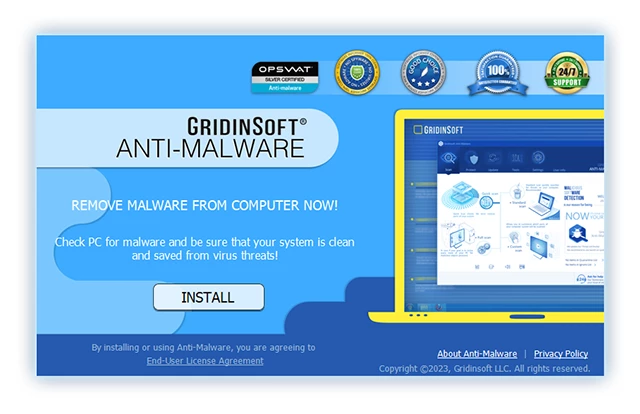
3. 訪問 "掃描選項卡" on the application's start screen and launch a comprehensive "全碟掃描" 檢查您的整台計算機. 這種包容性掃描涵蓋了內存, 啟動項, 註冊表, 服務, 司機, 和所有文件, 確保它檢測到隱藏在所有可能位置的惡意軟體.

要有耐心, as the scan duration depends on the number of files and your computer's hardware capabilities. 利用這段時間放鬆或處理其他任務.
4. 完成後, 反惡意軟體將提供一份詳細報告,其中包含您 PC 上偵測到的所有惡意專案和威脅.

5. 從報告中選擇所有已識別的項目,然後放心地單擊 "立即清潔" 按鈕. 此操作將從您的電腦中安全地刪除惡意文件, 將它們轉移到反惡意軟體程式的安全隔離區,以防止任何進一步的有害行為.

6. 如果出現提示, 重新啟動電腦以完成完整的系統掃描過程. 此步驟對於確保徹底消除任何剩餘威脅至關重要. 重啟後, Gridinsoft Anti-Malware 將會開啟並顯示一則訊息,確認 掃描完成.
請記住 Gridinsoft 提供 6 天免費試用. 這意味著您可以免費利用試用期體驗軟體的全部優勢,並防止您的系統將來受到任何惡意軟體感染. Embrace this opportunity to fortify your computer's security without any financial commitment.
Reset your browser settings
As Sabsik Trojan may modify your browser settings, it is recommended to turn them back to factory settings. You can do it both manually and with the help of GridinSoft Anti-Malware.
Reset your browsers settings with GridinSoft
To reset your browser with GridinSoft Anti-Malware, open the 工具 tab, and click the “Reset browser settings” button.
You may see the list of options for each browser. 默認情況下, they are set up in a manner that fits the majority of users. Press the “Reset” button (lower right corner). In a minute your browser will be as good as new.
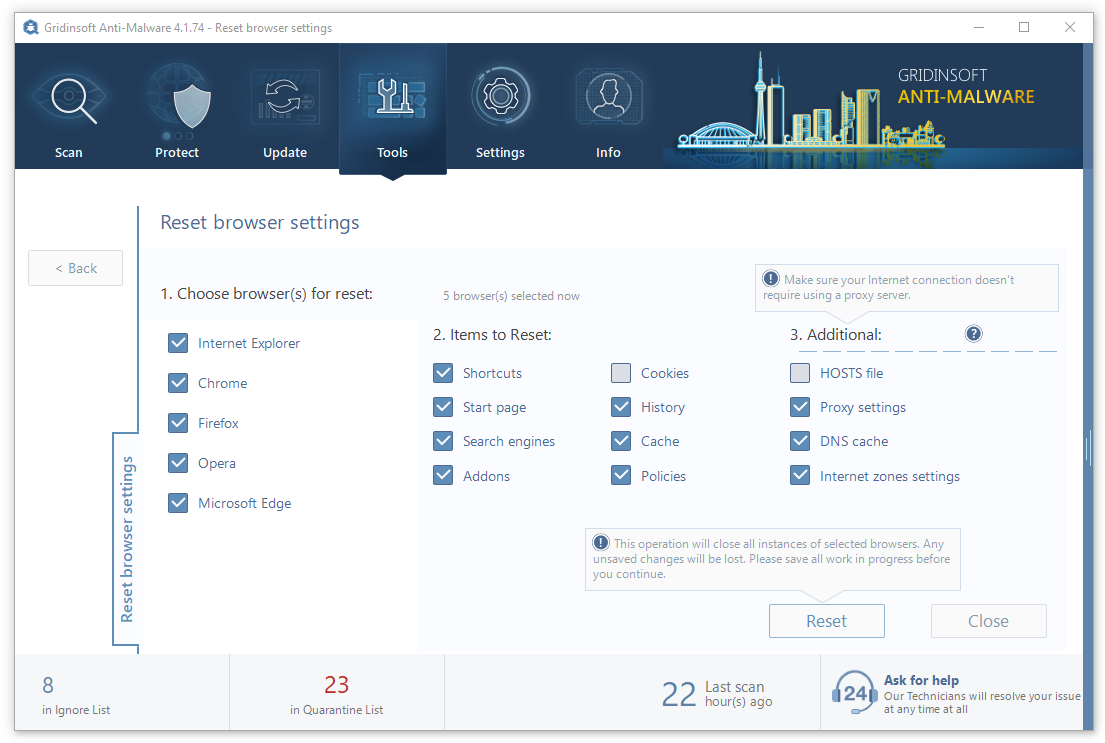
The browser reset is recommended to be performed through the antivirus tool by GridinSoft because the latter is also able to reset the HOSTS file without any additional commands.
Reset your browser settings manually
重置 Microsoft Edge, 執行以下步驟:
打開 "設定及更多" 右上角的選項卡, 然後找到這裡 "設定" 按鈕. 在出現的選單中, 選擇 "重置設定" 選項:
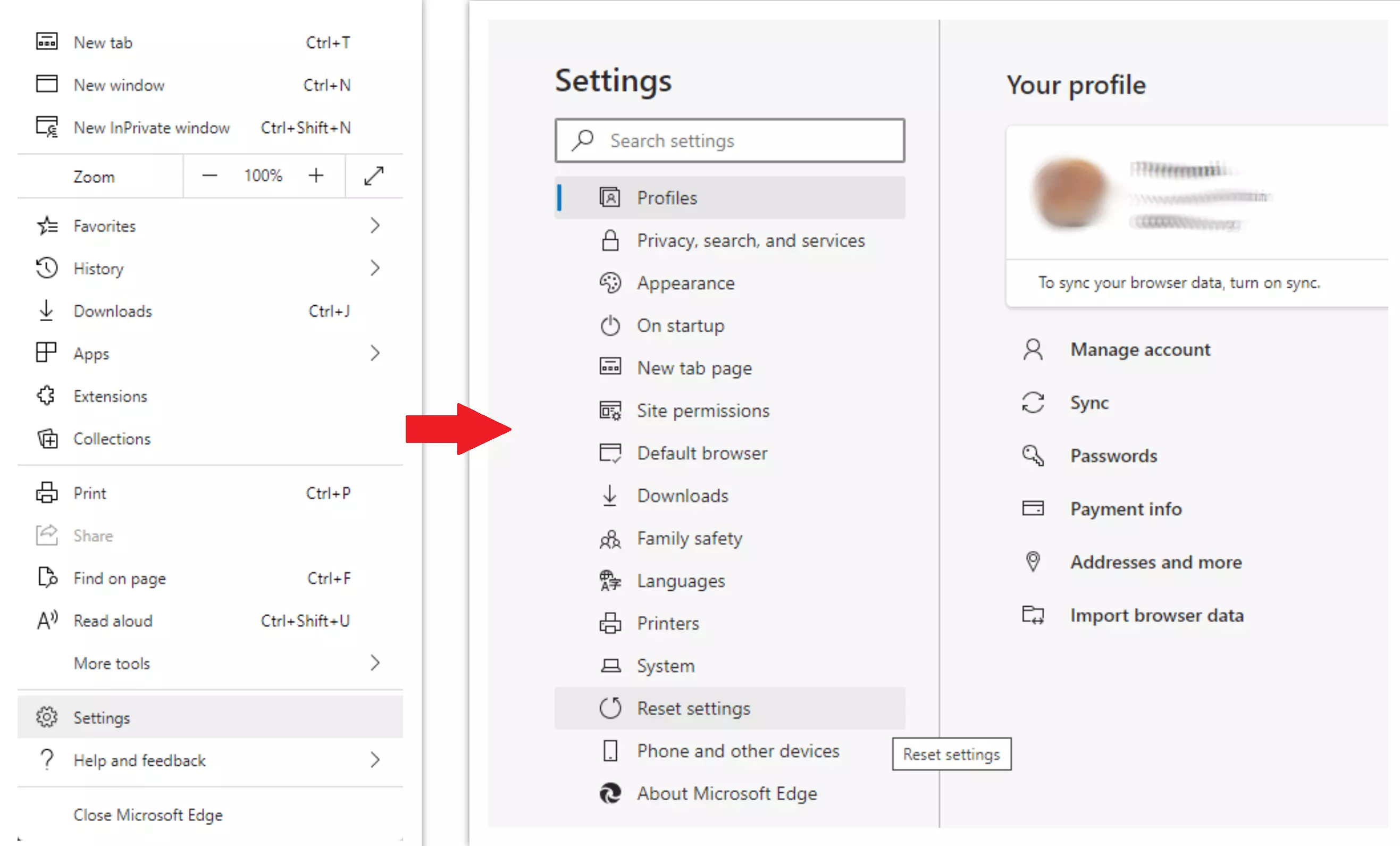
選擇重置設定選項後, 你會看到以下菜單, 說明將恢復為原始設置:

對於 Mozilla 火狐瀏覽器, 做接下來的動作:
開啟選單選項卡 (右上角的三個條帶) 並點擊 "幫助" 按鈕. 在出現的選單中選擇 "故障排除訊息":
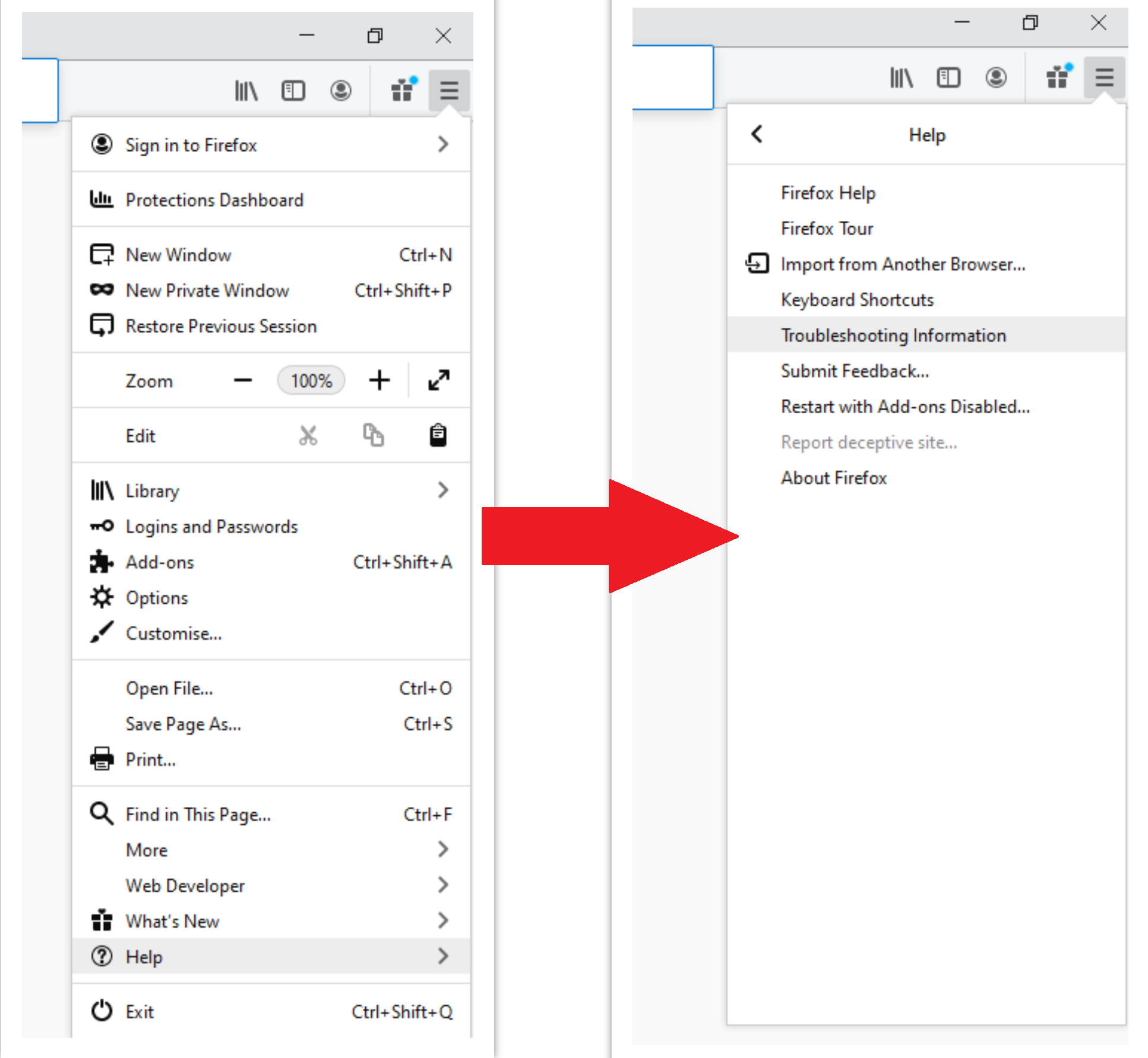
在下一個畫面中, 找到 "刷新火狐瀏覽器" 選項:
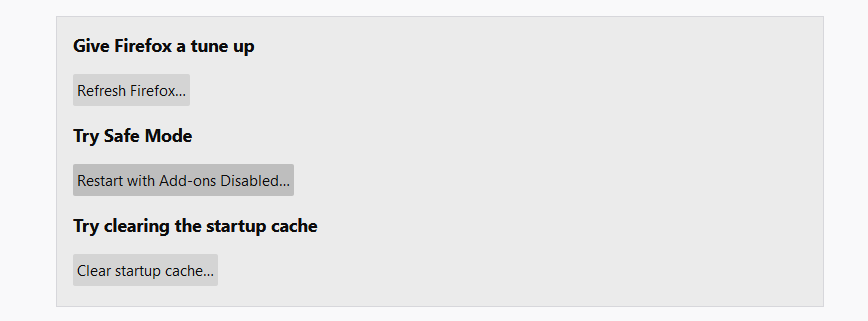
選擇此選項後, 您將看到下一則訊息:
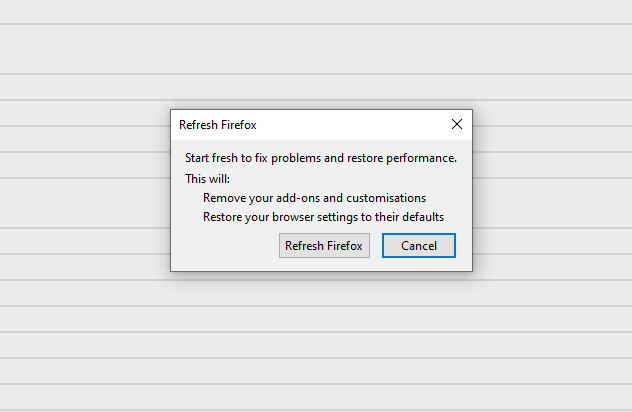
如果您使用谷歌瀏覽器
開啟“設定”標籤, 並找到 "先進的" 按鈕. 在擴充選項卡中選擇 "重置並清理" 按鈕:

在出現的清單中, 點選 "將設定恢復為原始預設值":
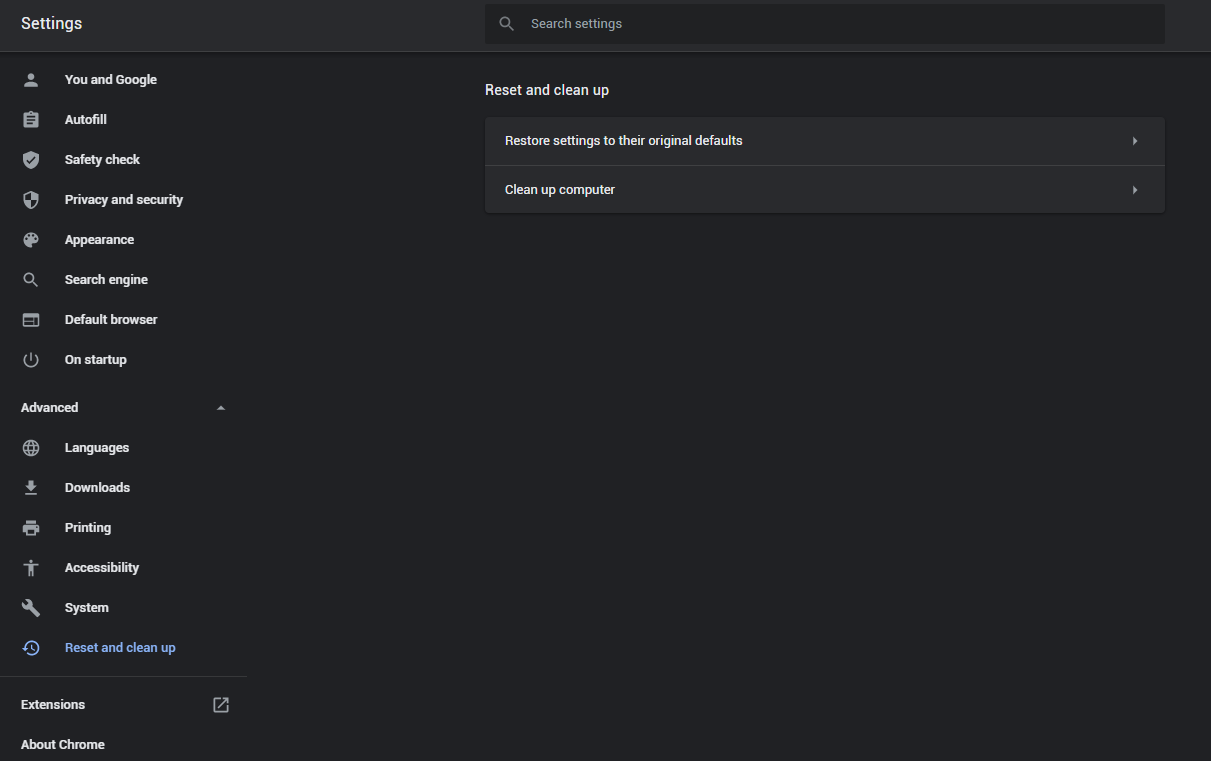
最後, 你會看到窗口, 您可以在其中看到將重置為預設值的所有設置:

Opera可以透過下面的方式重置
按下工具列中的齒輪圖示開啟「設定」選單 (瀏覽器視窗的左側), 然後單擊 "先進的" 選項, 並選擇 "瀏覽器" 下拉清單中的按鈕. 向下捲動, 到設定選單的底部. 在那裡找到 "將設定恢復為原始預設值" 選項:
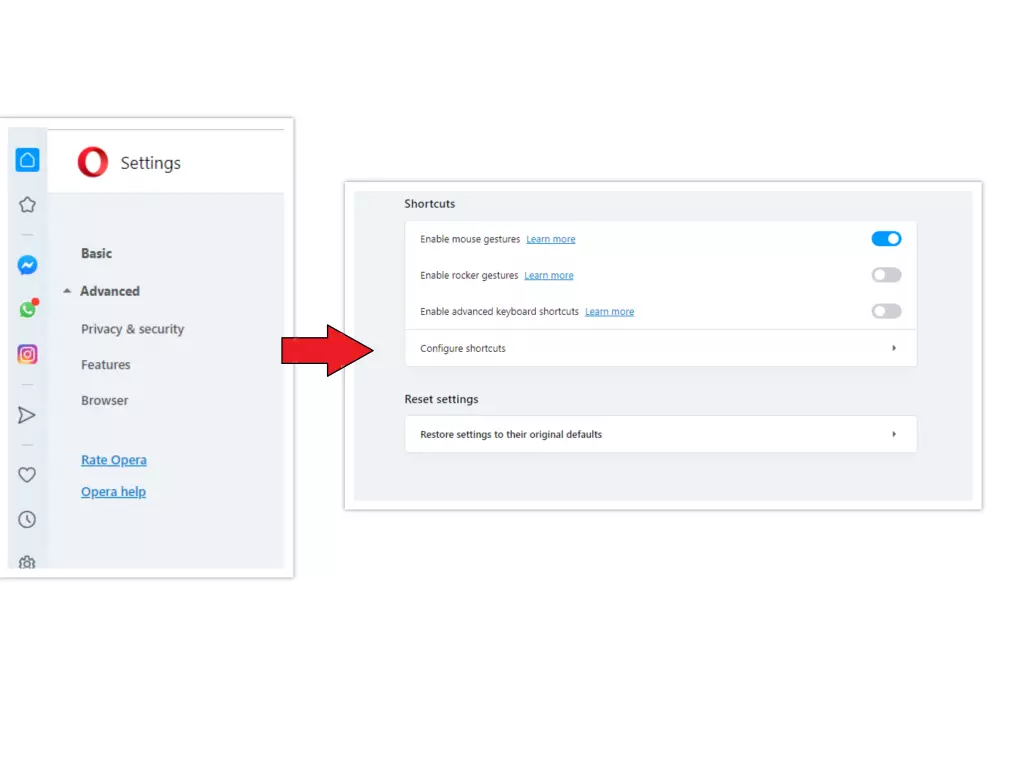
點擊後 "恢復設定..." 按鈕, 你會看到窗口, 所有設定在哪裡, 這將被重置, 顯示:
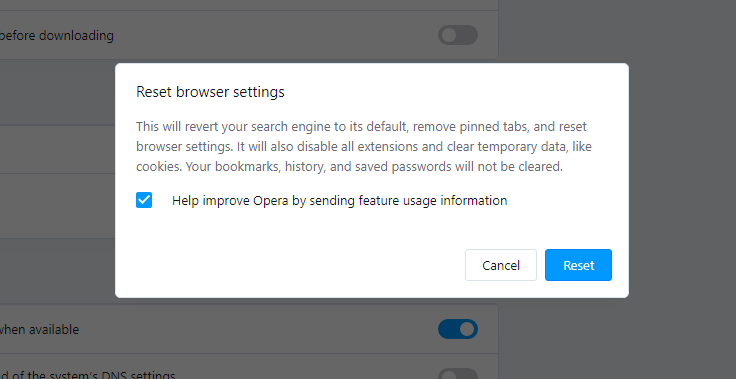
當瀏覽器重置時, 您需要確保您的瀏覽器在連接到您需要的網頁時能夠連接正確的 DNS. 創建一個文本文件,標題為 “主機” 在您的電腦桌面上, 然後打開它並用以下行填充它1:
# 版權 (c) 1993-2006 微軟公司.
#
# 這是 Microsoft TCP/IP for Windows 使用的示例 HOSTS 文件.
#
# 該文件包含 IP 地址到主機名的映射. 每個
# 條目應保留在單獨的行中. IP 地址應該
# 放置在第一列,後跟相應的主機名.
# IP地址和主機名至少用一分隔
# 空間.
#
# 另外, 評論 (比如這些) 可以插入個人
# lines or following the machine name denoted by a '#' symbol.
#
# 例如:
#
# 102.54.94.97 rhino.acme.com # 源服務器
# 38.25.63.10 x.acme.com # x 客戶端主機
# 本地主機名稱解析在 DNS 本身內處理.
# 127.0.0.1 本地主機
# ::1 本地主機
- 微軟官方指南 用於重置主機文件.

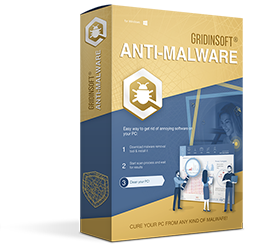








發表評論